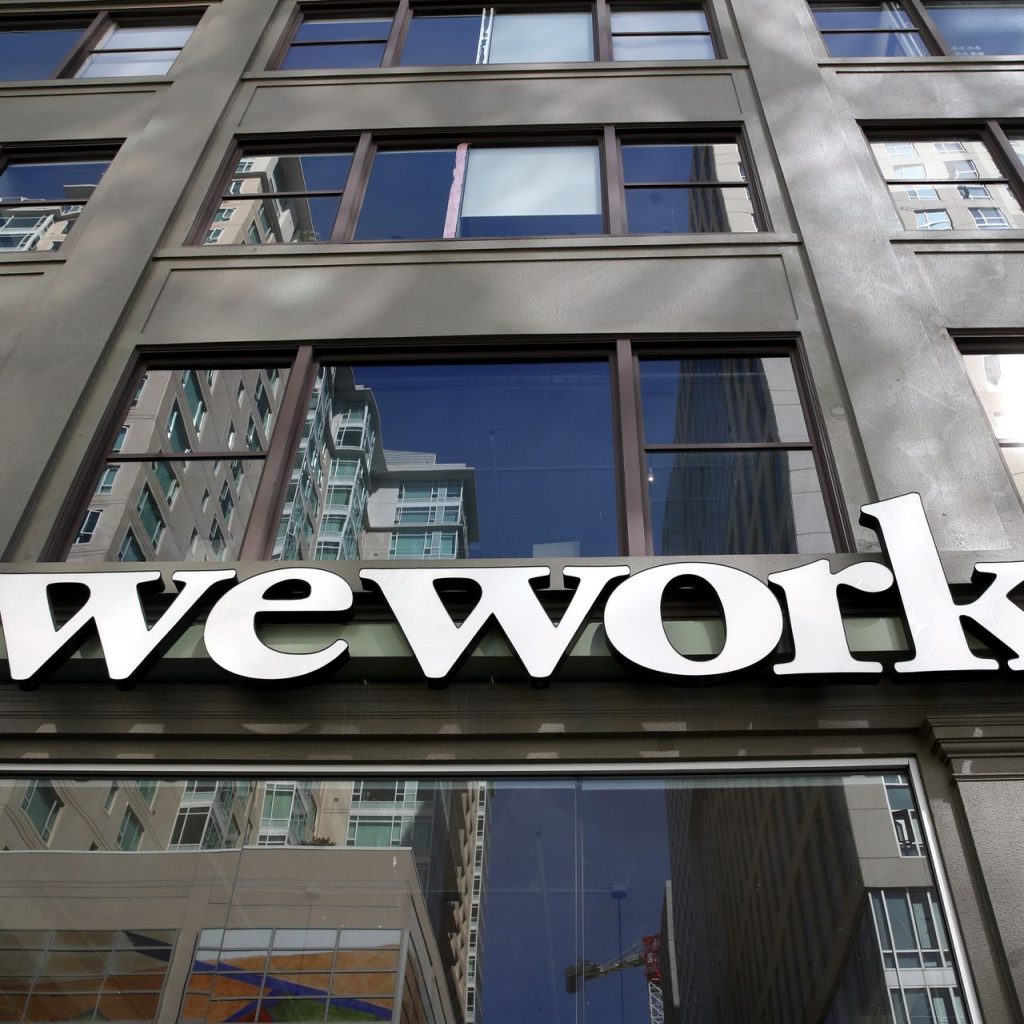The Costa-Hawkins Rental Housing Act in California was enacted in 1995 to limit municipal rent control ordinances. It was passed into law to allow the state to manage how cities – including Los Angeles, San Francisco, San Jose, and Santa Monica – regulated their individual rental markets.
The Act came about because back in 1995, five California cities had not only rent control – which allowed a landlord to increase rent only after a tenant had moved out, but also vacancy control – which prohibited a landlord from raising the rent even after a tenant moved out.
Supporters of a state ballot initiative to repeal Costa-Hawkins have gathered enough signatures for the measure to appear on the November 2018 ballot. Repealing the Act would remove the limits on rent control policies that cities are able to impose on their housing rental markets.
What Specifically Does Costa-Hawkins Currently Do?
Opponents of the Costa-Hawkins Act believe the current law is too property-owner-and-developer-friendly, and that the Act is one of the main causes for the lack of affordable housing in the state.
The Costa-Hawkins Rental Housing Act has three main provisions:
- Allows a landlord to raise rents to market after a tenant has moved out
- Prevents cities from capping rents (establishing rent controls) on units built after February 1995
- Exempts single-family homes and condos from rent control restrictions
Those who favor the Act’s repeal believe cities will gain critical tools to help solve the affordable housing crisis. Parties who like the law as it is, think that repeal could actually make matters worse.
What Happens If Costa-Hawkins Is Repealed?
Any law that attempts to regulate the real estate markets has an impact on renters, developers, and property owners.
Renters
According to the Alliance of Californians for Community Empowerment (a group in favor of the repeal), people believe that current rents across the entire state are rising too high and too fast.
The outright repeal of Costa-Hawkins would give local governments the freedom to put in place residential rental pricing regulations to regain control. Renters would gain some protection from skyrocketing rents while cities would be able to claim they are doing their part in making their local markets more affordable for renters.
Developers
Residential real estate developers would likely be discouraged from building new product if cities are able to enact new laws limiting rents.
Lack of new development would in turn exacerbate the housing shortage in California since rent controls effectively limit the profitability of new rental housing. Developers also make the argument that governments are making housing more expensive via restrictive zoning and land-use regulations.
Property Owners
Property owners benefit from their real estate investment in two ways: 1) The revenue stream or cash flow from the property, and 2) The price appreciation of the asset.
Rent control laws limiting rent increases put a ceiling on the gross rental cash flow a property generates. However, operating expenses such as maintenance and repair, property taxes, and insurance aren’t capped. The end result is that residential rental investments will generate reduced net cash flow.
But real estate prices could still continue to rise even when they’re throwing off less cash. If fewer rental projects are built, the existing ones will become more valuable due to the basic law of supply and demand – even if they generate lower net operating incomes.
Rising interest rates that make financing more expensive have historically driven real estate prices down and cap rates up. Is it possible that an increased amount of municipal rent control will have the unintended consequence of driving prices up and cap rates down?




